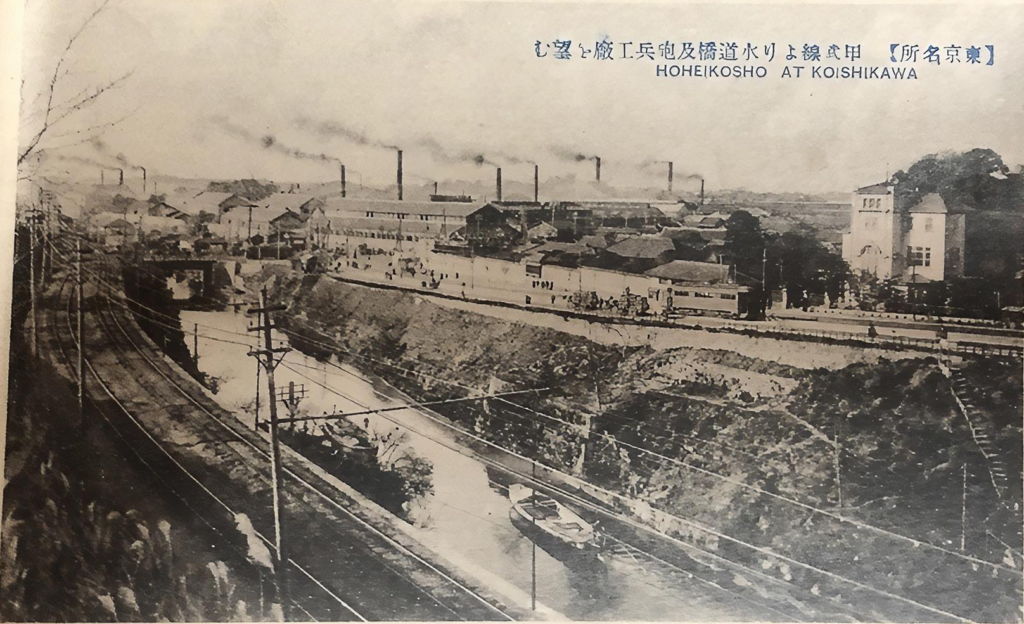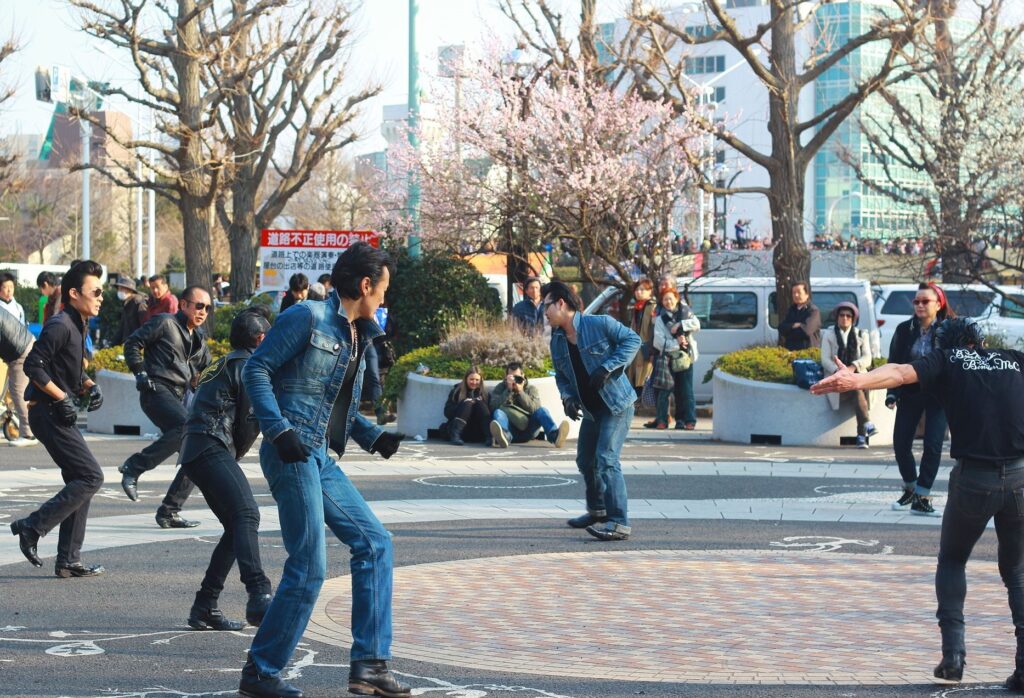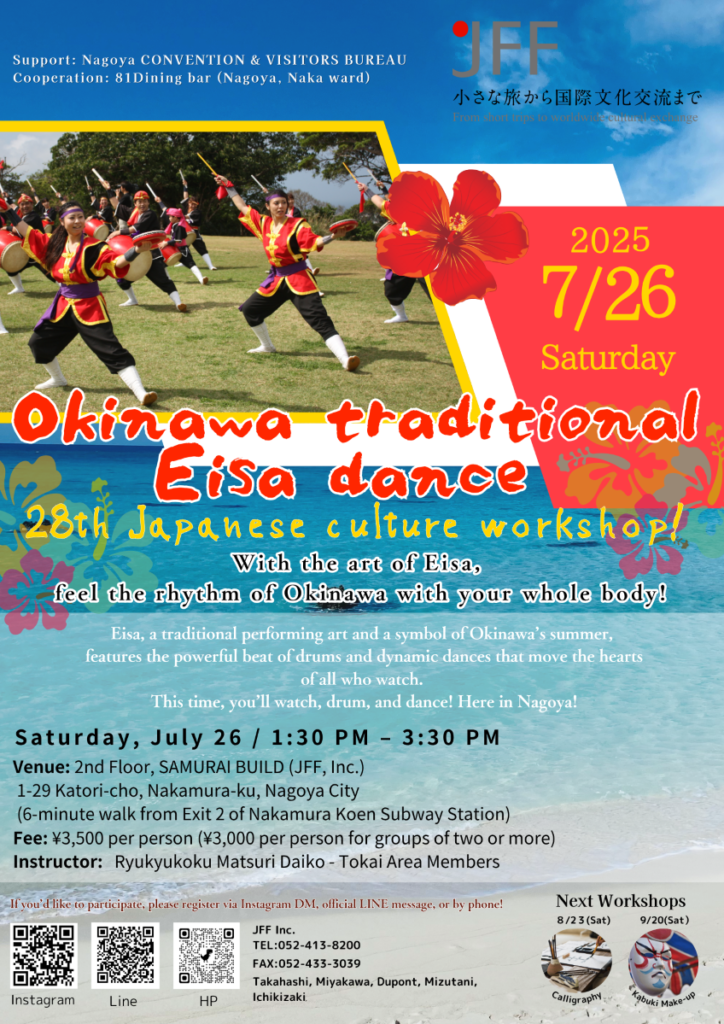SAMURAI BUILD 2F,
1-29 Katori-cho, Nakamura-ku,
Nagoya, Aichi Prefecture, Japan
MEIJI SHRINE AND YOYOGI PARK: A sacred oasis of nature

Meiji Shrine and Yoyogi Park are green oasis that allows you to run away from the bustling city. They are next to each other and they are just few minute walk from Harajuku Station
Meiji Shrine
The Meiji Shrine is the most famous sacred place in Tokyo and it is dedicated to the dedicated to the deified spirits of Emperor Meiji and Empress Shoken, his wife. The emperor`s grave is located in Fushimi, in the Southern part of Kyoto.
History: towards a new Era
The Shrine was completed in 1920, 8 years after the death of Emperor Meiji but the current buildings date back to 1958 since they were destroyed during the Second World War.
The Meiji Restoration started in 1868 under Emperor Meiji whose figure toppled the Tokugawa Shogunate reconsolidating the political system under the Emperor of Japan. Consequently, Sakoku (closed Country) came to an end and Japan finally started its industrialization process by boosting its transportation and communication networks as well as foreign trade and military forces.
Tokyo Koishikawa Arsenal was established in 1871 on the grounds of today’s Tokyo Dome City and the Koishikawa Korakuen Garden. Its first production was Murata Rifle, the first locally produced Japanese rifle.
For this reason, the death of Emperor Meiji was experienced by the whole Country with great feeling of sadness and regret, hence the desire to honor him that led to the creation of the Shrine and the park that surrounds it. Moreover, in order to commemorate him, 120,000 trees of 365 different species were donated from all over Japan in 1912.
Structure


The Shrine is composed by two major areas:
→Naien
The inner shrine precinct with the main shrine buildings, treasure museum as well as gardens and forests.
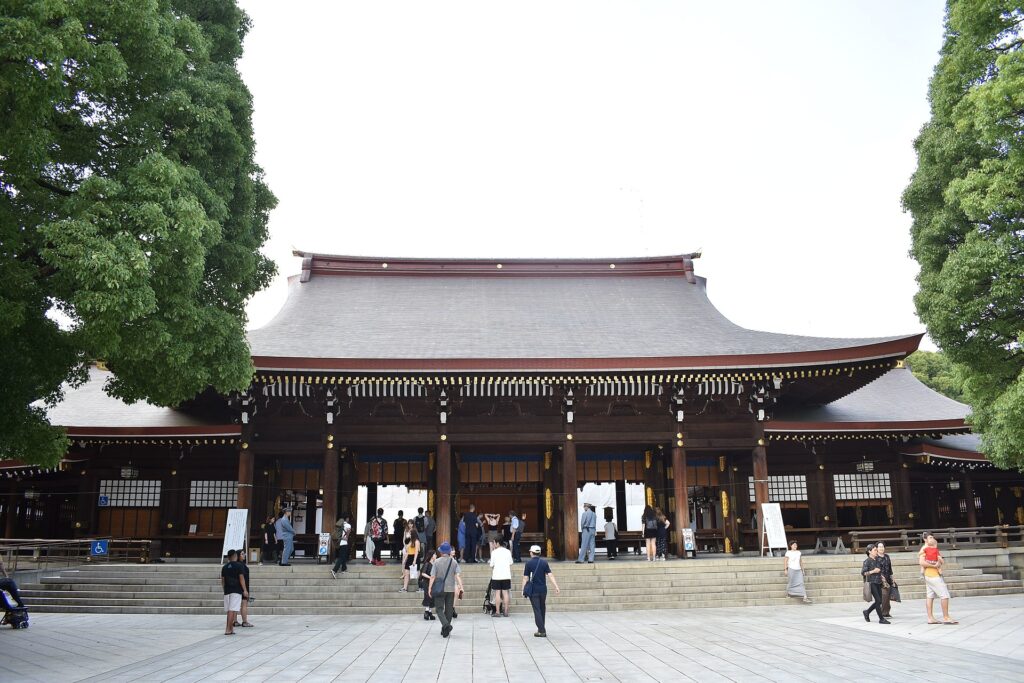
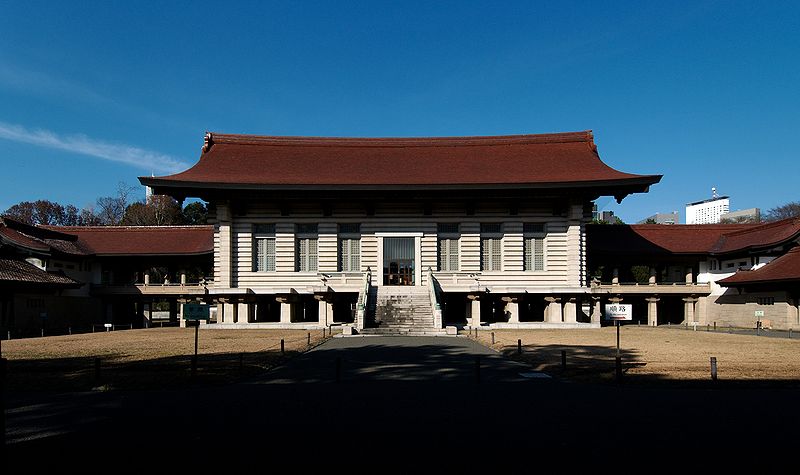
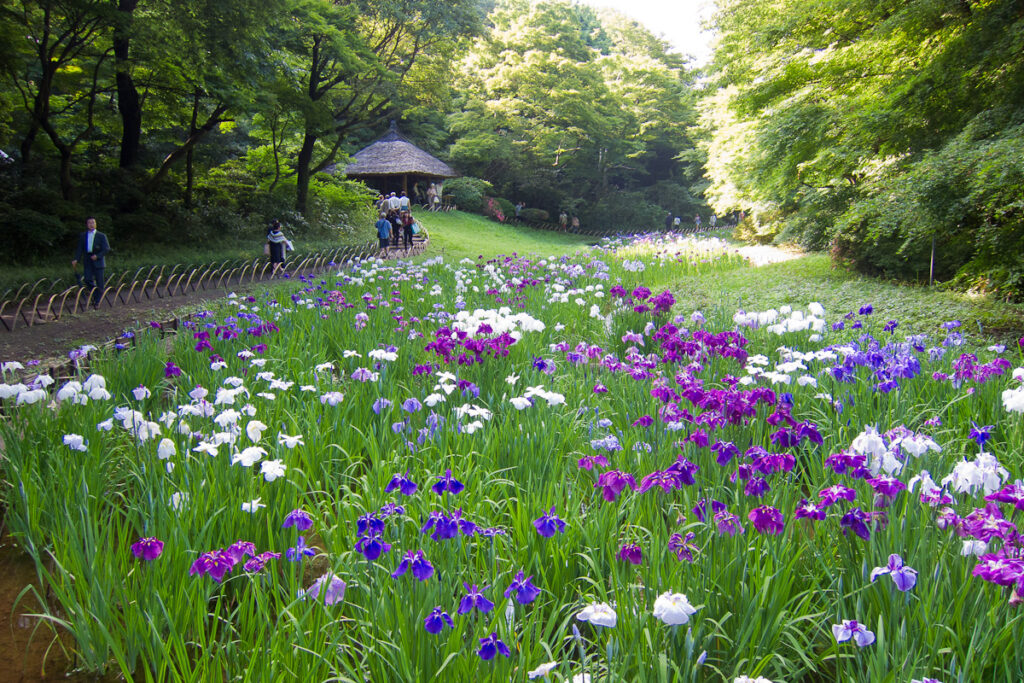
→Gaien
The Gaien is the outer precinct which include the Meiji Memorial Picture Gallery, the nearby National Stadium and the Meiji Memorial Hall which is often used for governmental meetings and Shinto weddings.

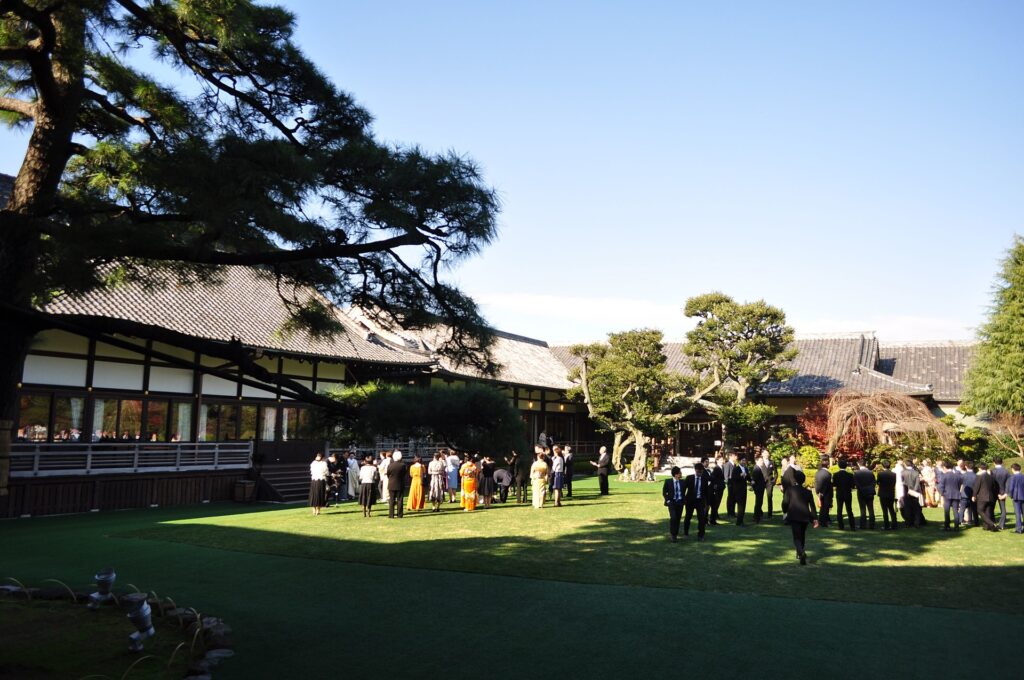
Meiji Jingu has other several fascinating locations such has Kaguraden, a building constructed in 1991 and used for Shinto performances only, amulet office where you can buy Omamori (traditional Japanese charms) and Ema, small wooden plaques in which Shinto and Buddhist worshippers write their wishes and then hung it on display.
Yoyogi Park
Yoyogi Park is the fifth biggest park in Tokyo which includes ponds, trails and a forest, it is perfect for outdoors sports such as jogging, walking and cycling.
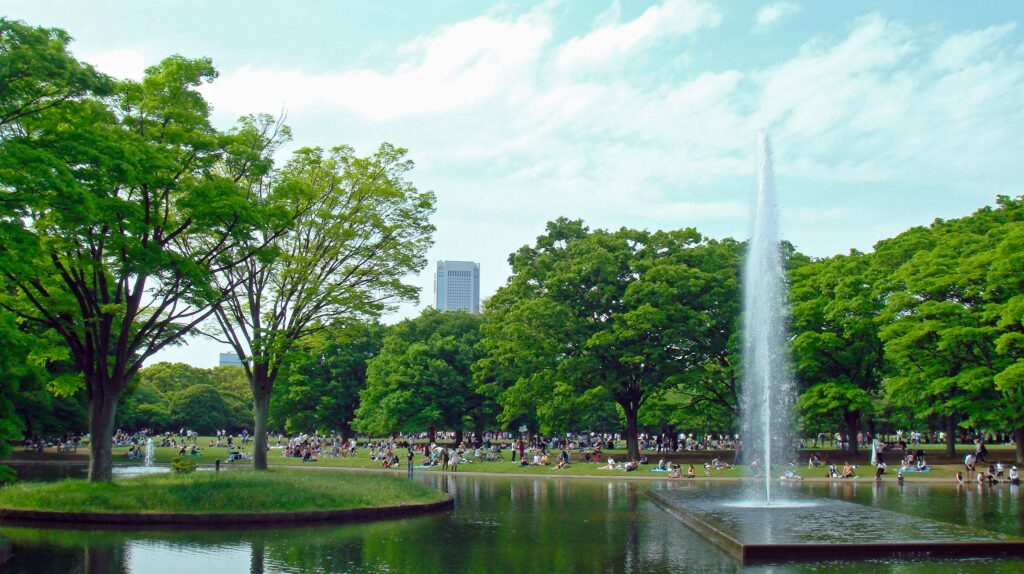
Yoyogi Park is also a gathering spot for martial arts clubs, rock music fans, jugglers and cosplayers.
It is also hugely popular for Hanami (cherry blossom viewing) during spring, there are around 700 cherry trees and visitors enjoy Hanami with picnic. Furthermore, it is also known for its Ginkgo tree forest which turns golden in autumn.
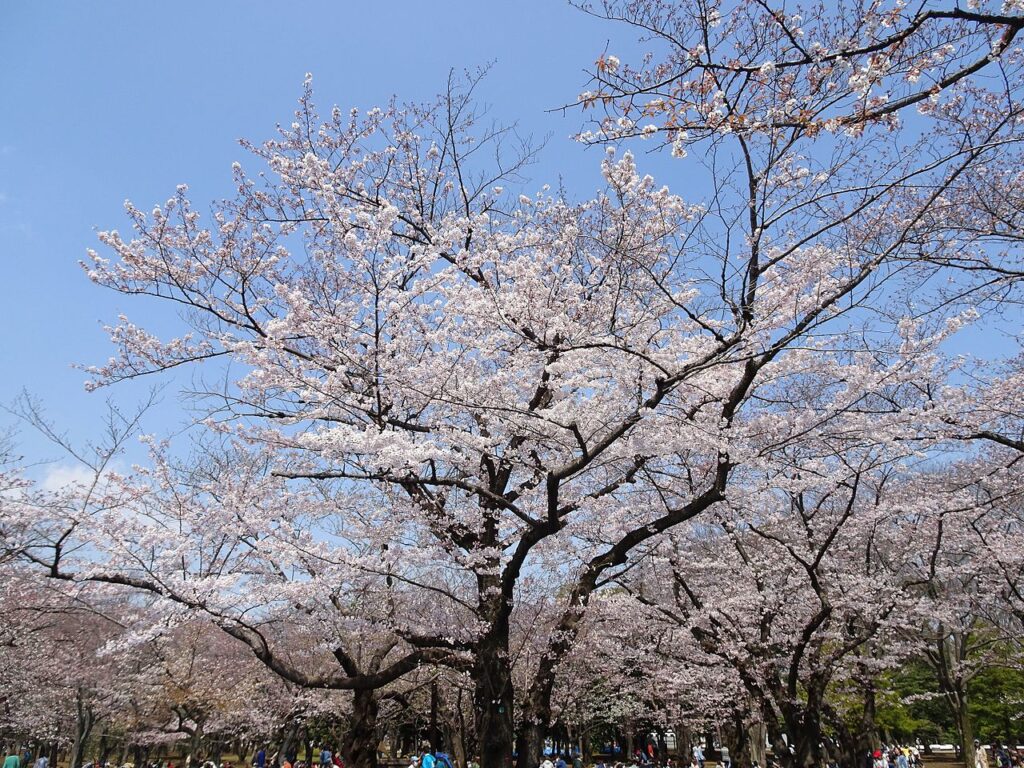
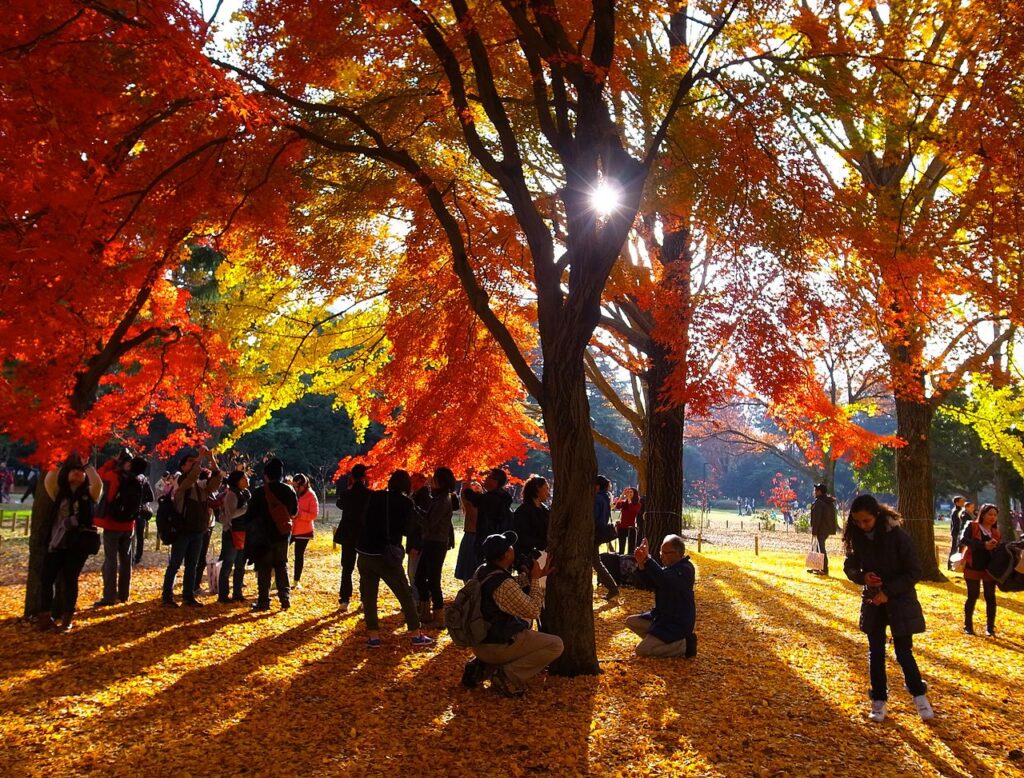
- category: Tokyo

